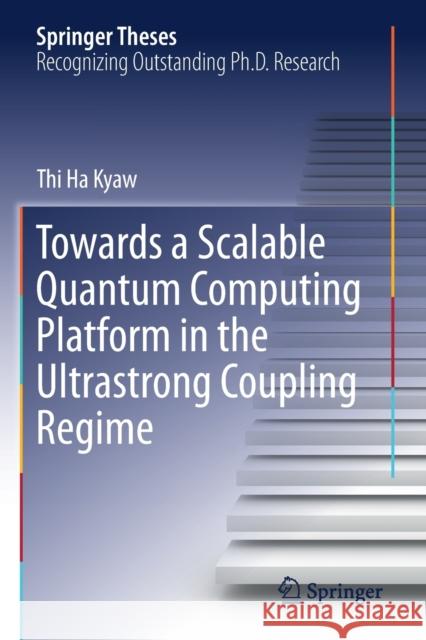Towards a Scalable Quantum Computing Platform in the Ultrastrong Coupling Regime » książka
topmenu
Towards a Scalable Quantum Computing Platform in the Ultrastrong Coupling Regime
ISBN-13: 9783030196608 / Angielski / Miękka / 2020 / 116 str.
Towards a Scalable Quantum Computing Platform in the Ultrastrong Coupling Regime
ISBN-13: 9783030196608 / Angielski / Miękka / 2020 / 116 str.
cena 564,88 zł
(netto: 537,98 VAT: 5%)
Najniższa cena z 30 dni: 539,74 zł
(netto: 537,98 VAT: 5%)
Najniższa cena z 30 dni: 539,74 zł
Termin realizacji zamówienia:
ok. 22 dni roboczych
Bez gwarancji dostawy przed świętami
ok. 22 dni roboczych
Bez gwarancji dostawy przed świętami
Darmowa dostawa!
Kategorie BISAC:
Wydawca:
Springer
Seria wydawnicza:
Język:
Angielski
ISBN-13:
9783030196608
Rok wydania:
2020
Wydanie:
2019
Numer serii:
000416125
Ilość stron:
116
Waga:
0.20 kg
Wymiary:
23.39 x 15.6 x 0.76
Oprawa:
Miękka
Wolumenów:
01
Dodatkowe informacje:
Wydanie ilustrowane











